By Josh Cosford, Contributing Editor
If you’re a regular reader of mine, you know how much I espouse the importance of filtration to keep your hydraulic system running reliably. Different machines require different filtration quality. Throwing a 3-micron filter with a 1000 beta ratio on your log splitter makes little sense. For those unfamiliar with filter terms, 3 microns describes the size of particles and larger trapped by the filter. The beta ratio describes the percentage of 3-micron particles trapped by an element using this calculation: (1000-1)/1000 = 99.9% efficiency.
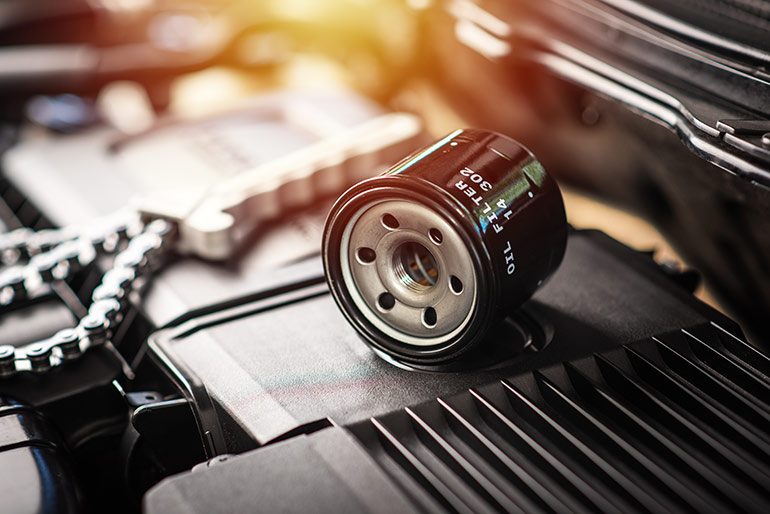
The above filter offers extreme efficiency and can protect high-pressure, high-performance hydraulics such as piston pumps, servo valves and proportional valves. Indeed, your average log splitter does not require nearly the same quality of filtration, but does that mean we can use a spin-on filter element initially designed for your Chevelle?
Let’s first compare hydraulic oil used to transfer force in machinery to motor oil designed to lubricate moving parts. I’ll preface by saying oil in both examples does more than transfer force and lubricate (such as cool and remove contamination). Still, we must explore why filtration technology differs concerning their primary purpose.
Hydraulics is defined by its ability to use high-pressure fluid to transfer force, and today’s machinery easily handles anywhere from 3,000-6,000 psi, depending on the machine and application. However, engines use oil to lubricate bearings, pins and cylinder walls while rarely exceeding 60 PSI. Both applications have extremely tight clearances, such as between the spool valve and its body and a main journal and its bearing.
Even assuming the same tight clearances, we must consider how pressure changes the potential for contamination-related damage. A 4-micron particle with 6,000 psi at its back will squeeze into the tiny gaps between moving parts and cause damage, while that same particle has no chance of vigorously squeezing through orifices and causing harm. I don’t recommend you ignore the filtration quality in your classic car, but we tend to change engine oil because it loses its key properties over time. However, hydraulic oil can last indefinitely, especially with said high-quality filtration.
Engine oil filters are meant to trap large particles and dirt that could clog passageways, cooler fins and oil squirters, while mitigating abrasive particles that cause wear. However, an engine oil filter should never create back pressure due to excessively fine media. Should the filter cause excessive back pressure, the result is reduced oil flow and pressure to be available to essential lubrication functions. In many ways, engine oil filters prioritize flow rate over filtration quality.
The bottom line is that the finest filtration used on race care engines provides around the same level of protection as the poorest quality hydraulic filters, as far as micron rating is concerned. However, you’d likely find that race car filter flows much more efficiently for that same rating. If you’re in the market for a hydraulic spin-on filter, your best bet is to use a filter meant for hydraulics, which will offer finer media at a more competitive price.
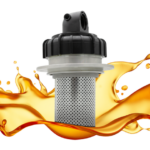
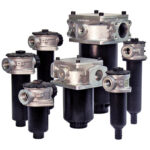
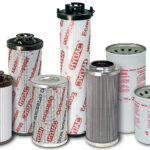
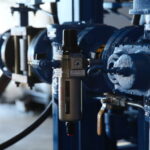
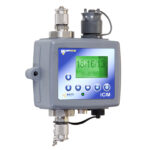
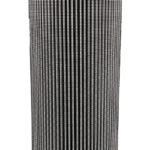

Leave a Reply